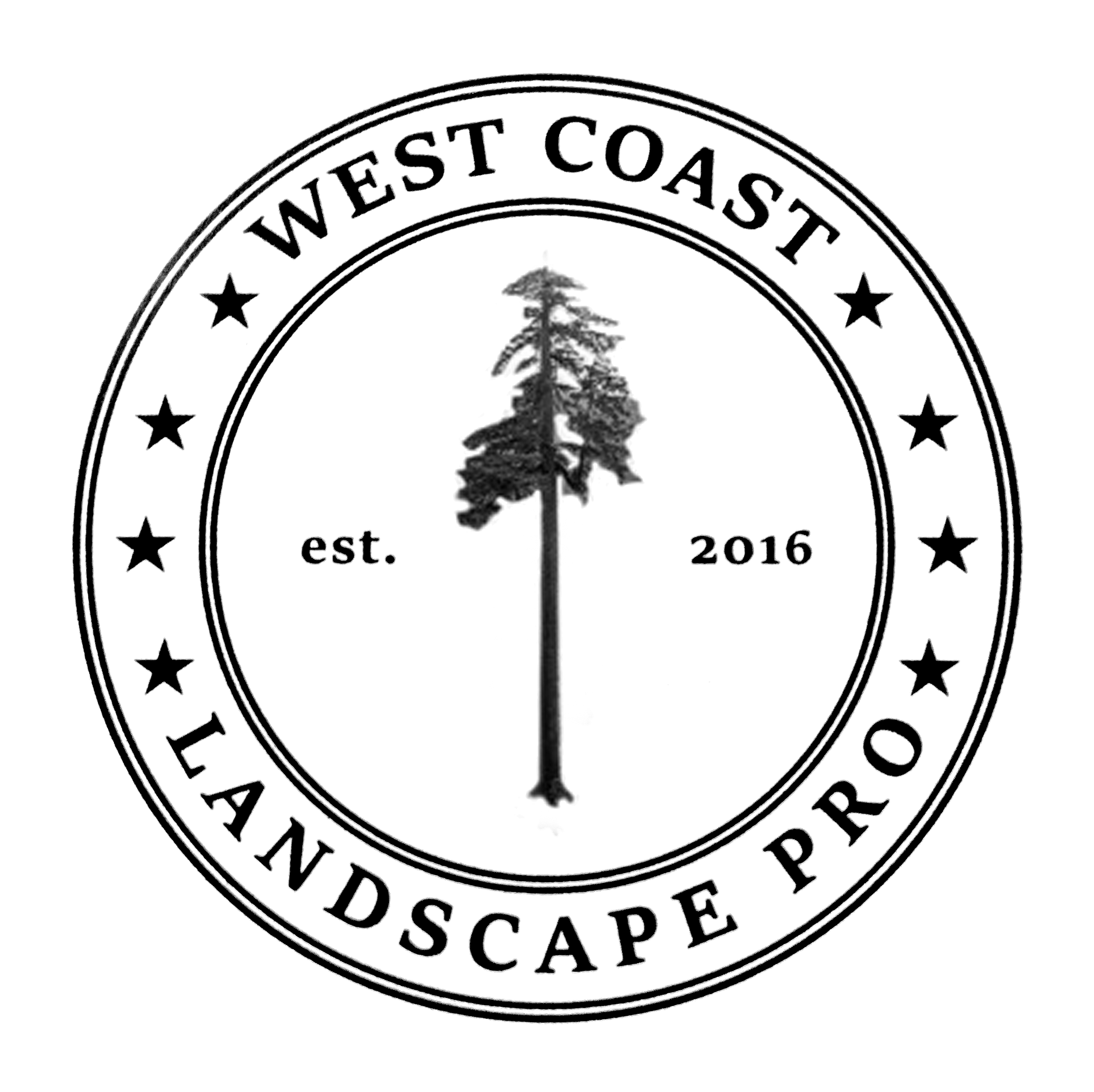Lawn care client
This past spring I picked up a new residential lawn care client after she found me through Google. On my initial visit we covered lawn care service expectations for the season and the cost. Then there was the chafer beetle damage to fix. Animals had ripped up the middle of the lawn and it looked awful. The lady’s husband was feeling his advancing age and looking to offload lawn mowing; and he definitely wasn’t up to fixing his damaged lawn. We’ll cover the lawn fix in a future blog post. (Spoiler alert: it looked fine today when I cut it for the last time in 2024).
As an aside, the owner mentioned his tree in the back. I could see that it had been pollarded in the past and it was due again for the same procedure. Pollarding eliminates all branches on a “knuckle” so the tree stays the same height. Once you pollard the tree, you’re stuck doing it every year.
This tree was completely bare in spring and it looked like a willow. I told the owner I would ask my climbing arborist friend about generating a work quote for him, and I left it at that.

Not a willow
Today, when I pushed my mower to the back lawn, I got a surprise. I noticed samaras or winged dry fruits commonly found on maple trees. This tree clearly wasn’t a willow. Then I checked out the leaves and it hit me: this was a Manitoba maple or Acer negundo. It’s a prairie native so I don’t see it that much in the Lower Mainland of British Columbia.
Which is why, when I wrote my ISA certified arborist examination, this tree was on the tree identification list. Its leaves don’t look like classic maple leaves. In British Columbia, Acer negundo is a trick question and I was ready. See my video below and subscribe to my West Coast Landscape Professional channel.

After my last lawn cut of the year, I collected a few leaves and samara clusters to take home for pressing. I will frame some of it and use it to decorate my office.
Keep working on your plant identification skills. Sometimes trees surprise you.

